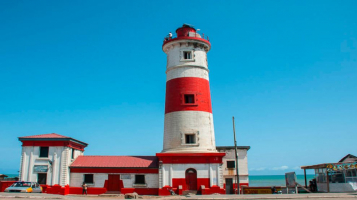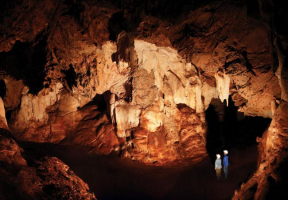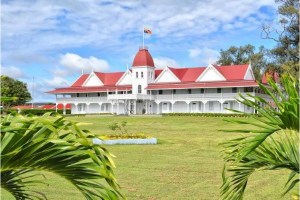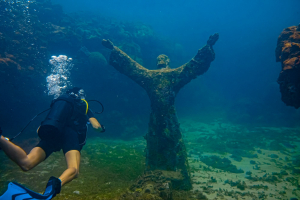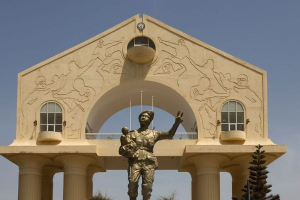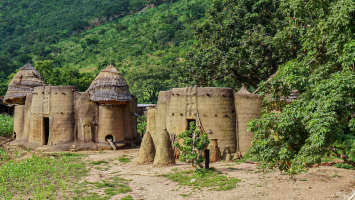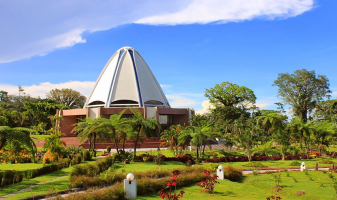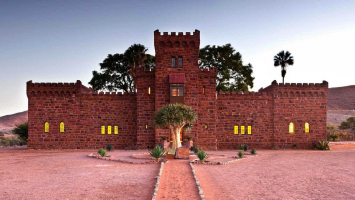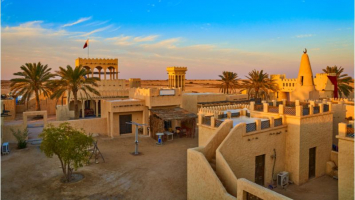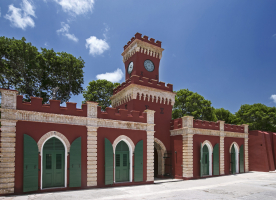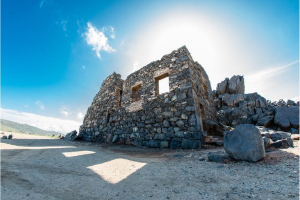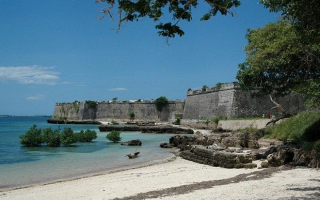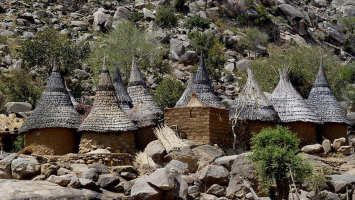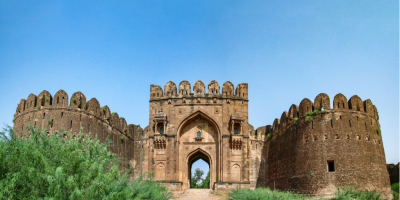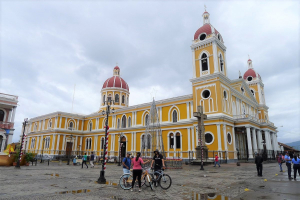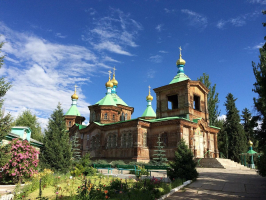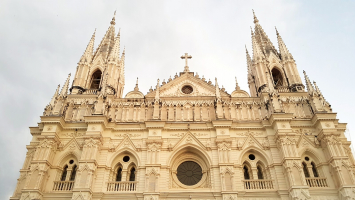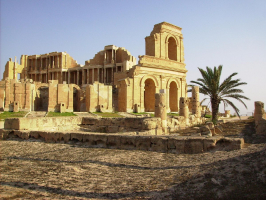Top 4 Most Famous Historical Sites in French Guiana
French Guiana is a French overseas department/region and a single territorial collectivity located in the Guianas on the northern Atlantic coast of South ... read more...America. It's a land where old meets new in a startling juxtaposition. While rockets launch from the country's lucrative Space Centre, dense rainforests shelter centuries-old indigenous towns. This country also provides historical sites which helps you know more about its history. So what are the most famous historical sites in French Guiana? Let's dive in!
-
Fort Diamant is an old coastal battery located in the town of Rémire-Montjoly, in the coastal area of the overseas department and region of France, French Guiana. It is now depicted as historical ruins that have been repaired. The building of this significant structure began in 1840 and was completed nine years later, in 1849.
It was designated as a Historic Monument in its entirety in May 1980, and the entire edifice is made entirely of basalt rubble and bricks, while quietly dominating the entrance to the Mahury River's extensive estuary. The shape of Fort Diamant, which is made up of three distinct portions, is intriguing. The fort's upper section is a redan in the shape of a letter "V" with 2 meter (7 foot) thick walls. The center section may have been designed as dwelling quarters for those who would inhabit and protect the fort, while the final section is a half-moon battery with five cannons. A deep moat filled with water surrounded the fort in the hopes that it would not be readily captured.
Despite its lack of tourist appeal, Fort Diamant is regarded as a hat still has essential stories to tell about its lengthy past.
Location: Route des plages, Remire-Montjoly
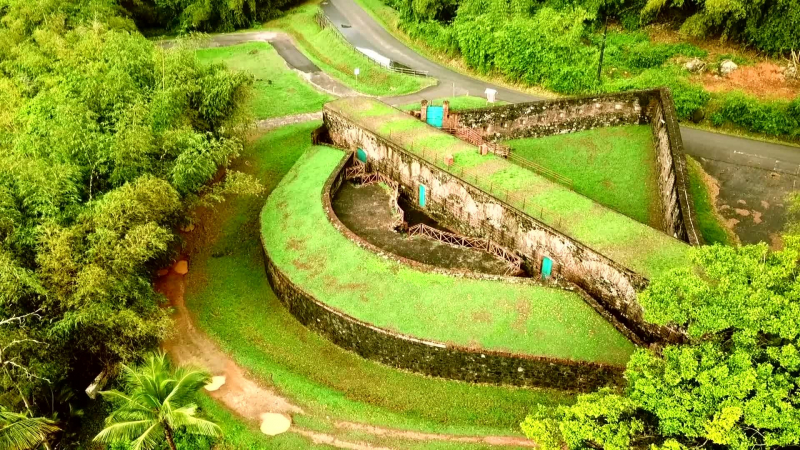
Photo: Wikimedia Commons Photo: Vincennes TV.fr -
The Loyola habitation is a historic colonial estate near Remire-Montjoly, in France's Guyane department. It played an important role in Guiana's economic history throughout the first half of the 17th century. This site, a slave-holding business run by monks, exemplifies the Church's complicated, and mostly forgotten, history with slavery. At its peak, Loyola spanned over a thousand hectares and employed 500 slaves.
Even though construction elements were removed to be reused in other works, such as in Cayenne, the Loyola site maintains excellent archaeological integrity. The residence, kitchen, hospital, store, chapel, cemetery, forge, and purgerie have all been discovered in the fathers' house sector. The property is littered with the remains of the pottery, numerous sugar factory structures, the cafeteria-cacaotier, and the indigo factory. The archaeologists also unearthed parts of the circulation system, the aqueduct, and terraces designed for the cultivation of specific plants. The numerous objects gathered describe the living conditions and business relations of this unique home, which is indicative of the colonial economy due to its size.
The Habitation Loyola's ruins have been the subject of research and enhancement since 1994, with the goal of unveiling this extraordinary ensemble to the public as a destination for wandering, discovery, and remembering of colonial history. By October 11, 1993, the place was designated as a historic monument and has become one of the most famous historical sites in French Guiana.
Location: Remire-Montjoly
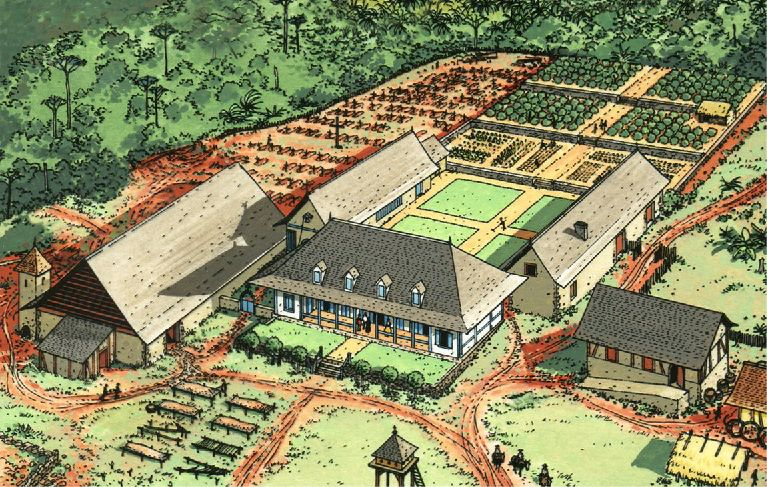
Photo: Habitation Loyola 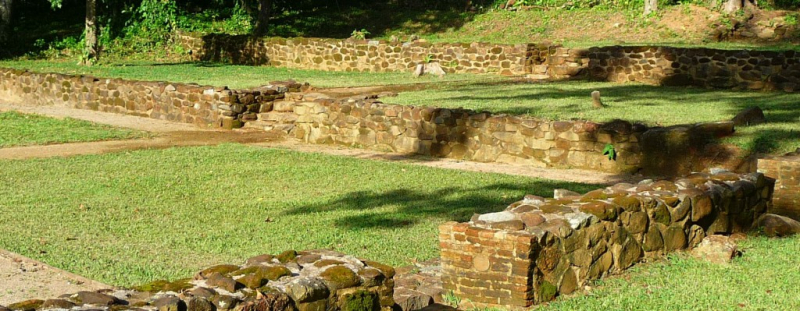
Photo: habitationloyola.org -
The Cathedral of Saint-Sauveur is a magnificent Roman Catholic cathedral and a French national monument. It used to be surrounded by beautiful palm trees, which added to its charm. In the 1990s, it was renovated and then designated as a historical monument. As one of the largest churches in the area, it is not just a French monument, but also a well-known landmark in French Guiana, which is frequently visited by tourists looking for a unique South American experience.
Due to the fact that French Guiana is an overseas department and region of France, it serves as the former seat of the Diocese of Cayenne and is a national monument of France. The Saint-Sauveur Cathedral is located in the heart of Cayenne and features an orthodox rectangle shape with a west-facing entrance. With a vanilla shade of yellow color on the façade, it can be seen just above the entryway, a balcony, and the bell tower above it. The spiral at the top of the tower depicts the most important Christian symbol, the cross. The precise year of construction is unknown due to a lack of knowledge on the cathedral; however, the interior of the cathedral is what one would expect of a Roman Catholic church. There is a long hall with benches on both sides for worshipers to sit and watch the priests perform their ceremonies, as well as a large altar at the cathedral's east end.
Location: Cayenne
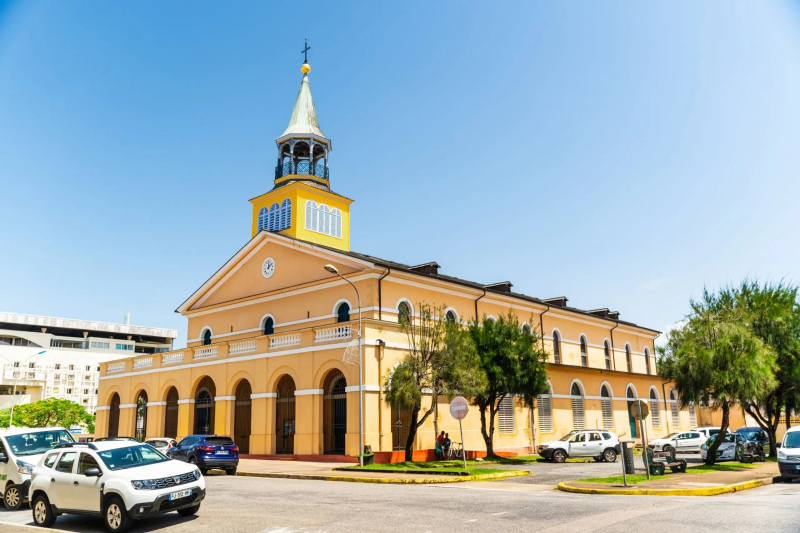
Photo: beaumanoir-guyane.fr 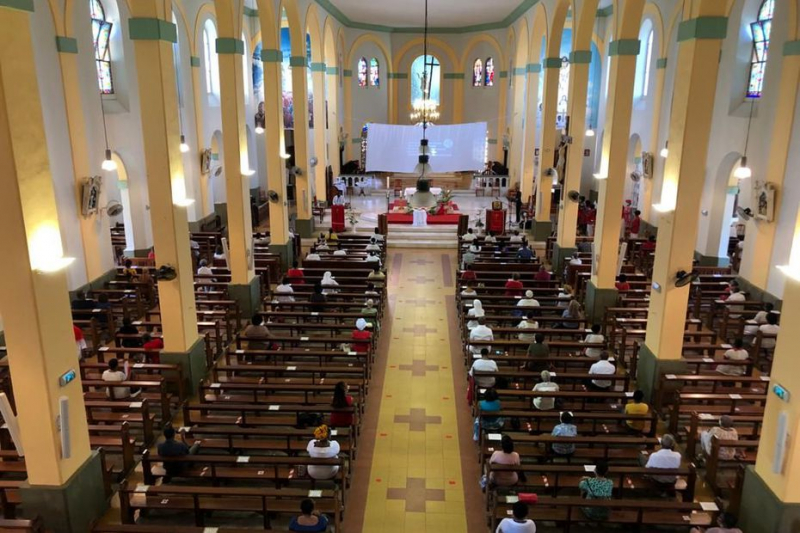
Source: Outre-mer 1 ere -
The last one in the list of the most famous historical sites in French Guiana is Fort Cépérou. Fort Cépérou is a medieval fort perched on a hill overlooking the Cayenne River and the capital city of Cayenne in French Guiana, a French overseas territory in South America. Although there isn't much of the fort left today, what is left can be seen atop the hill that carries the same name on the western outskirts of the city.
Despite some "attempts" by the Spanish, Portuguese, Dutch, and English to create a colony, the French were the ones to do it, with Admiral Charles Poncet de Brétigny purchasing the property from the local indigenous tribe and establishing Fort Cépérou as a fort in 1643. The fort was then erected completely of wood, with a tiny town directly beneath the main building, where Brétigny frightened not only the locals but also the colonists who had settled in the new colony. In 1644, he was assassinated by the villagers for this reason. At that time, construction on a new fort began, this time with a stone bastion to provide superior defense in the event of an attack. The fort was repeatedly rebuilt and reconquered throughout the years, until Sébastien Le Prestre de Vauban, a French military engineer, designed and erected the enormous ramparts that ringed the original structure in 1689.
Today, very little remains of Fort Cépérou, as the Portuguese who conquered Guiana between 1809 and 1817 destroyed all of the location's defenses. All that is left now are some walls and the bell tower, also known as the pagoda, which has been demolished several times. Because of the historical significance of the pagoda, which has stood there since the early nineteenth century, it has been designated as a Historic Monument, and in 2016, restoration work was completed in order to preserve it for future generations and all tourists interested in learning more about Cayenne's history.
People can still go in and enjoy what is left of the old fortress, and with the amazing views of the capital Cayenne and the river beneath, the pleasure and joy will be increased to the maximum extent possible.
Location: Cayenne
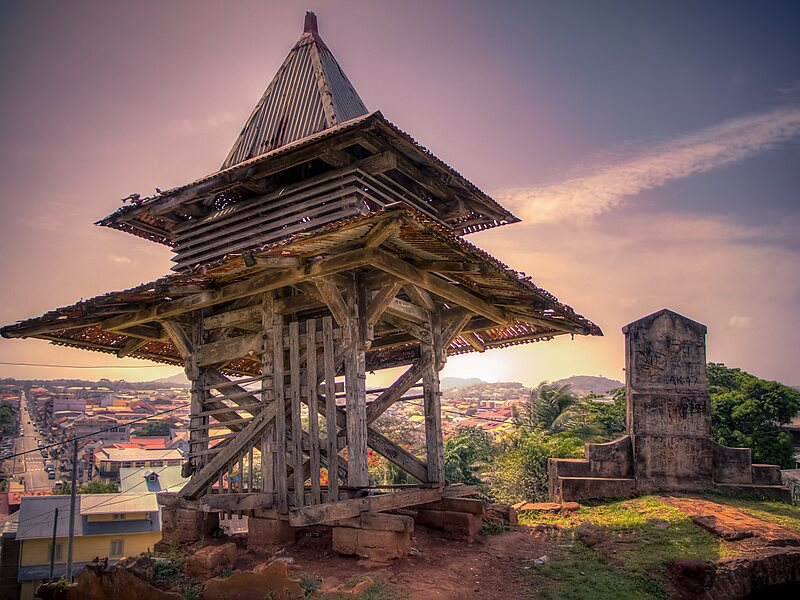
Photo: Alluring World 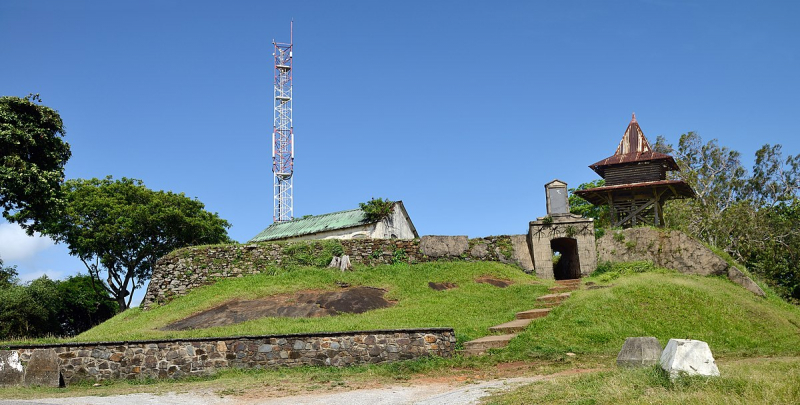
Photo: Wikipedia






